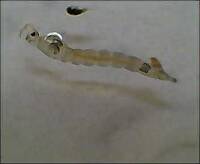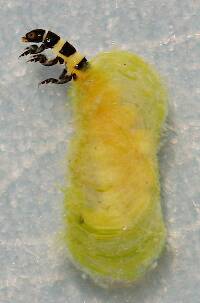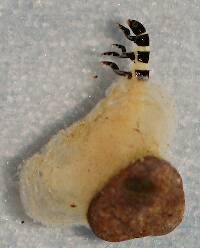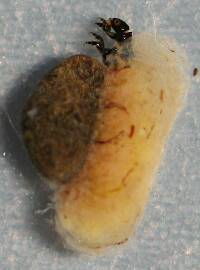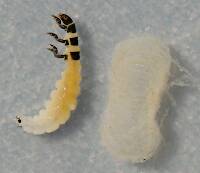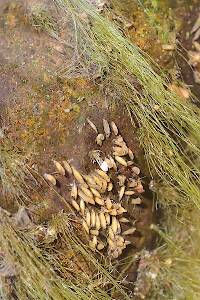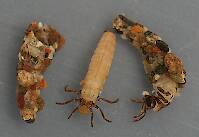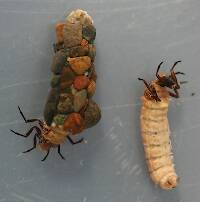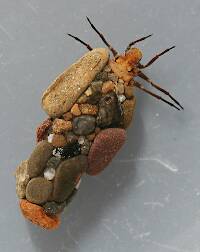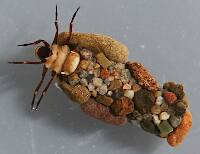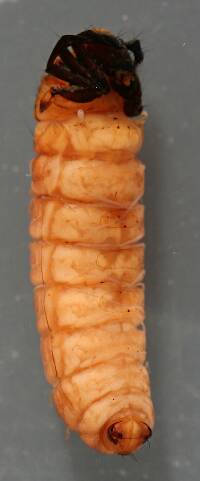
Hex Mayflies
Hexagenia limbata
The famous nocturnal Hex hatch of the Midwest (and a few other lucky locations) stirs to the surface mythically large brown trout that only touch streamers for the rest of the year.
Featured on the forum

This is the first of it's family I've seen, collected from a tiny, fishless stream in the Cascades. The three species of this genus all live in the Northwest and are predators that primarily eat stonefly nymphs Merritt R.W., Cummins, K.W., and Berg, M.B. (2019).

Troutnut is a project started in 2003 by salmonid ecologist Jason "Troutnut" Neuswanger to help anglers and
fly tyers unabashedly embrace the entomological side of the sport. Learn more about Troutnut or
support the project for an enhanced experience here.
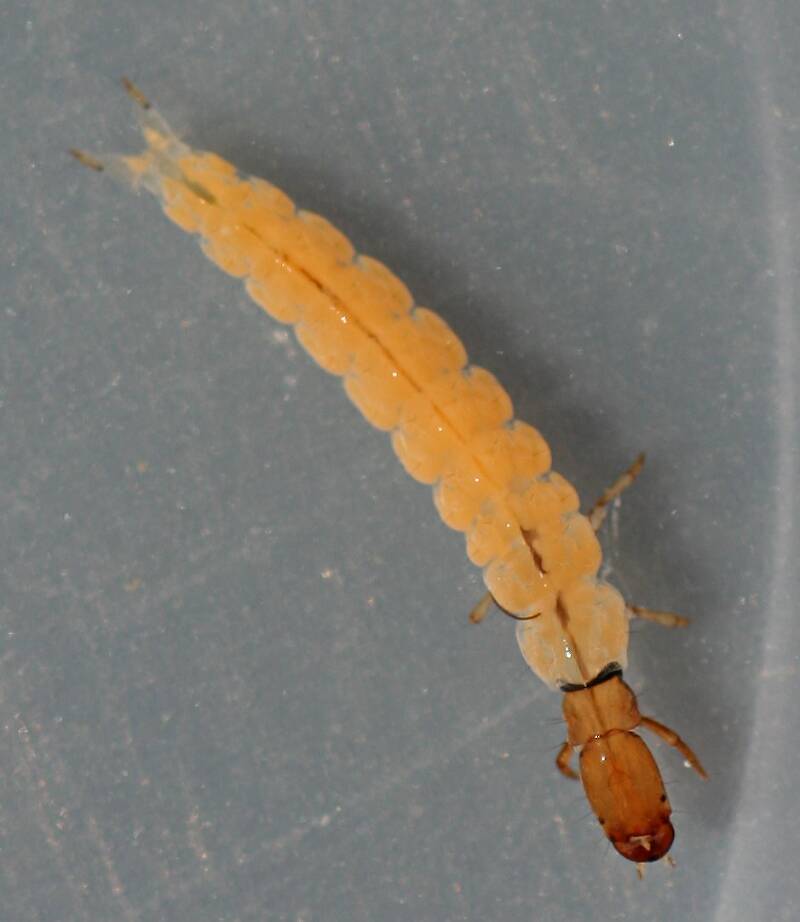
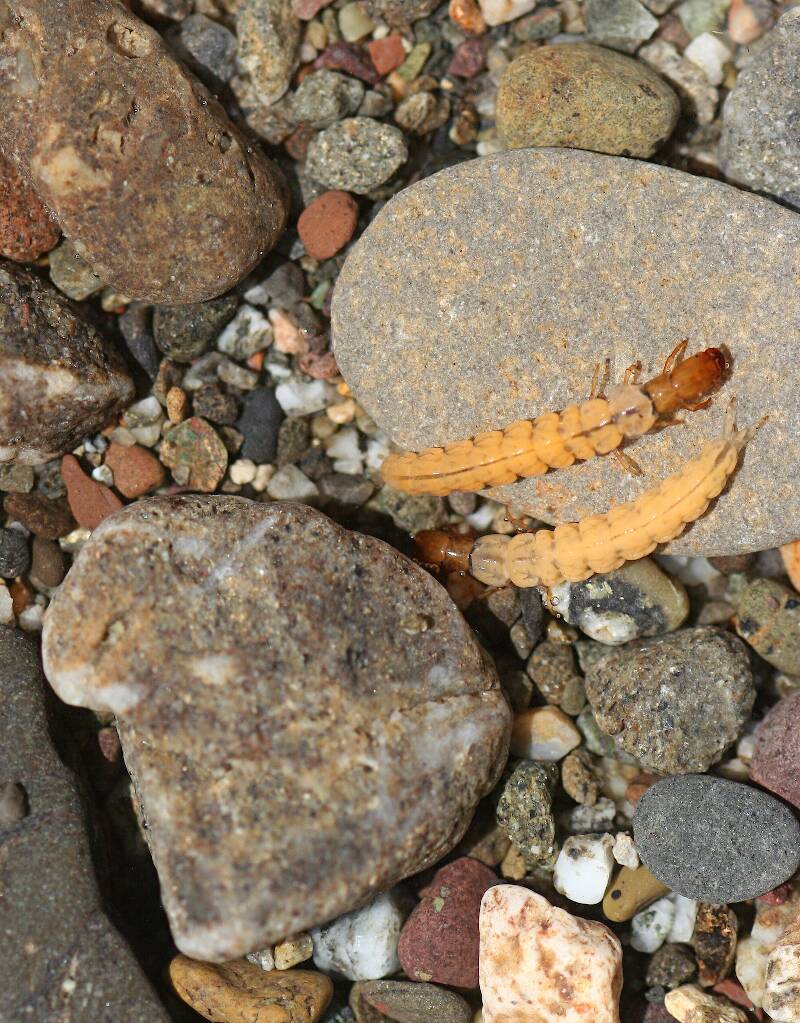

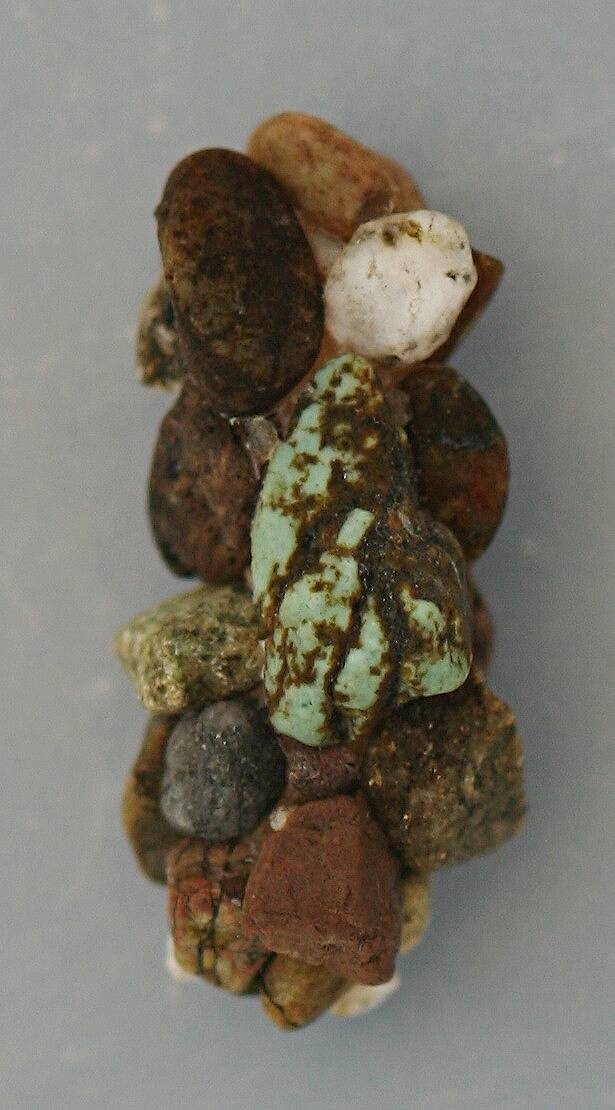
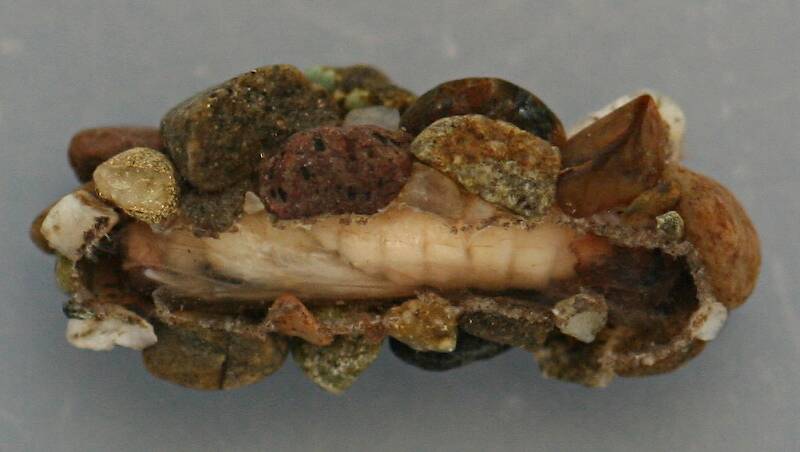
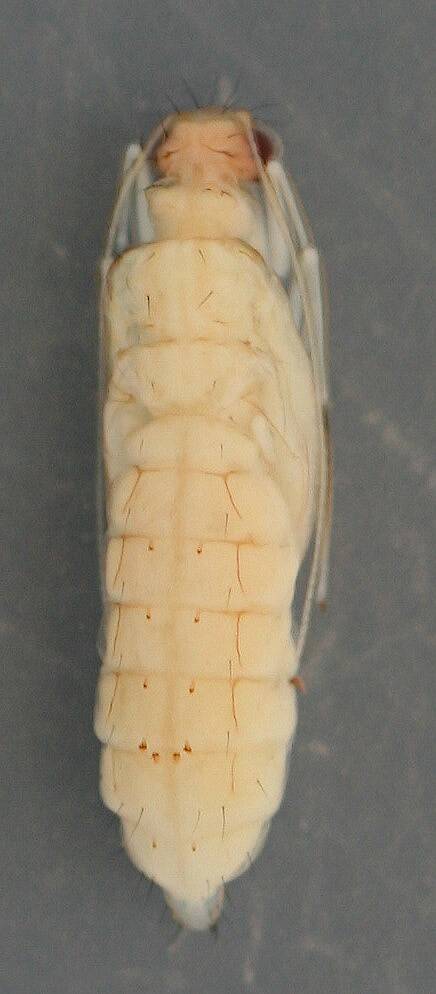
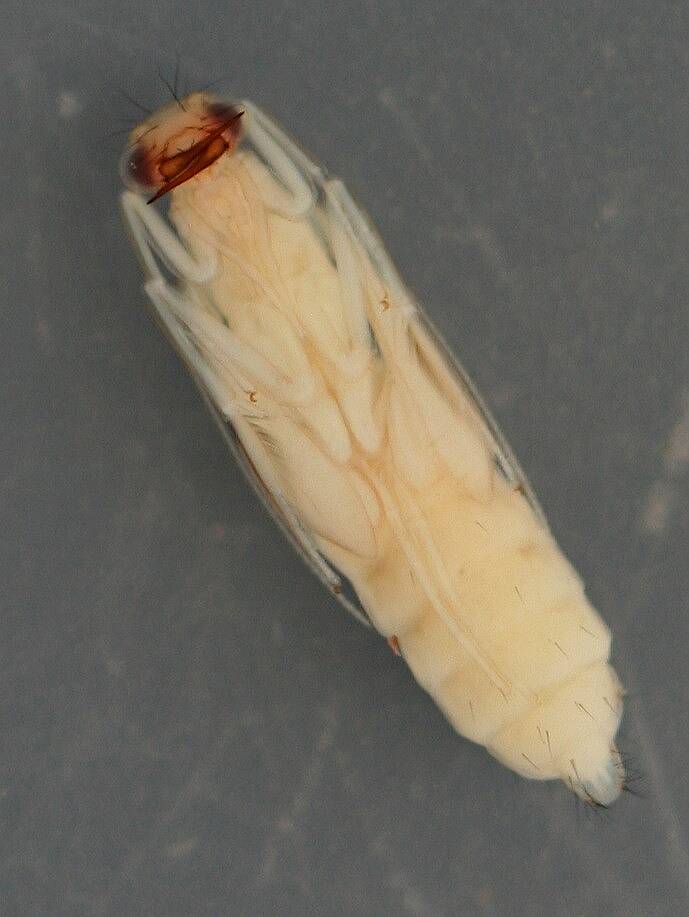

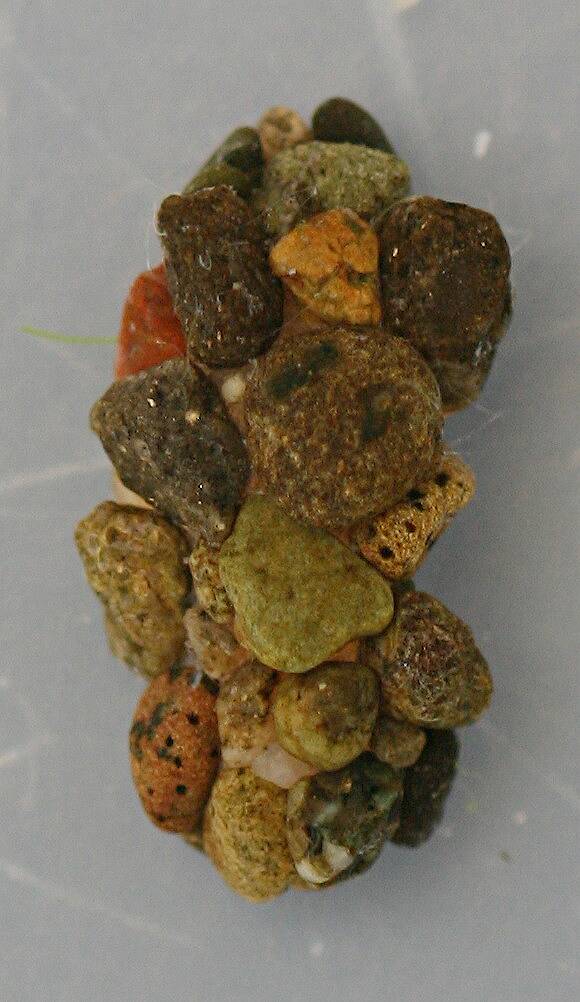

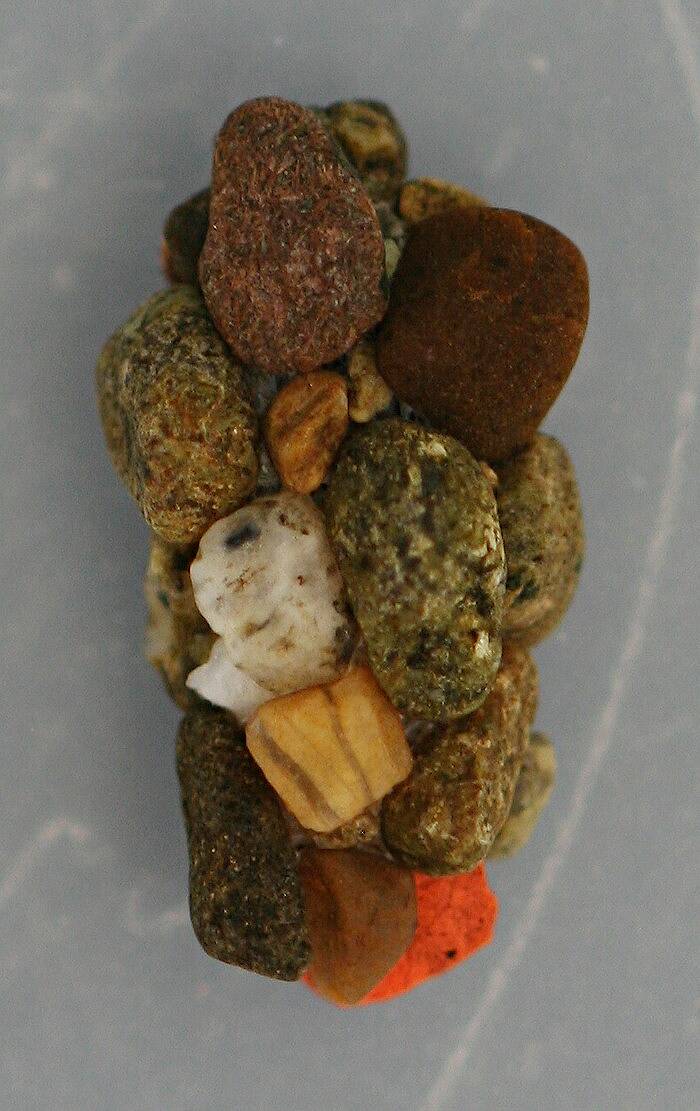
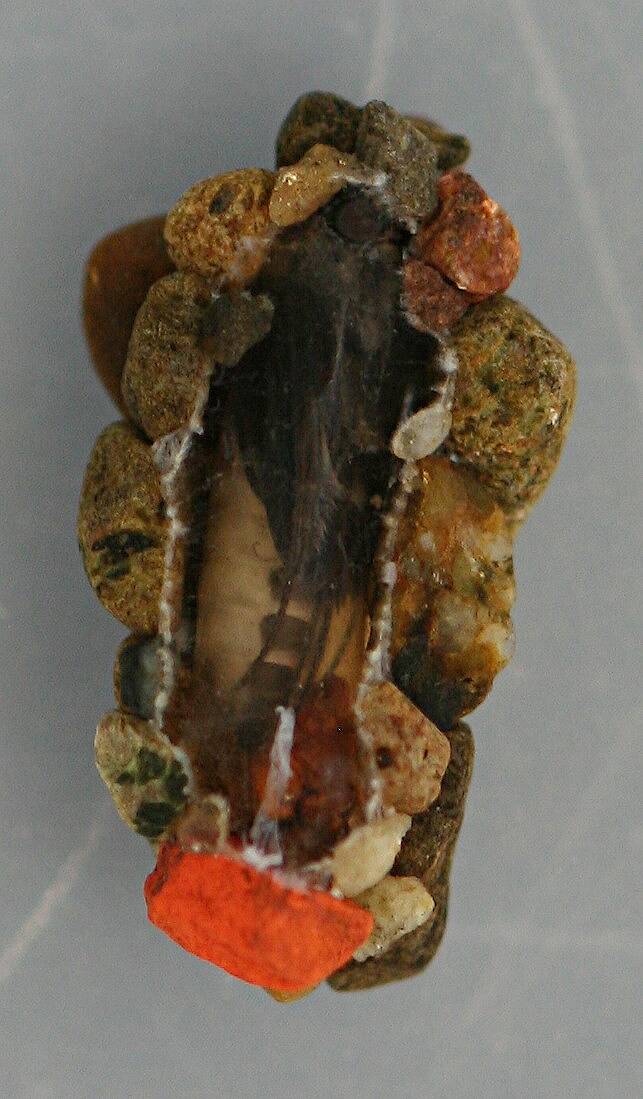
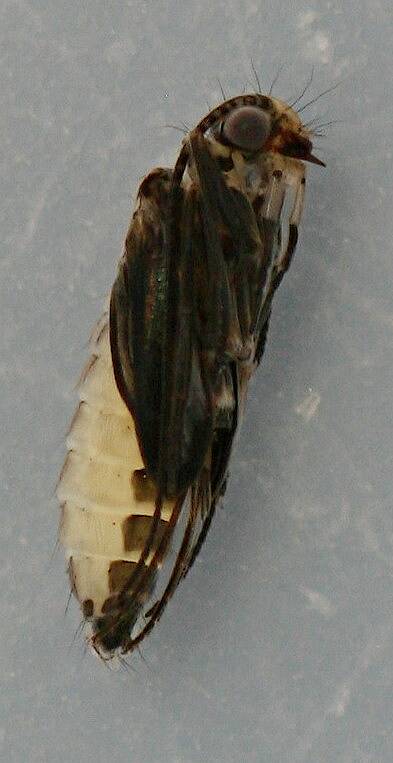
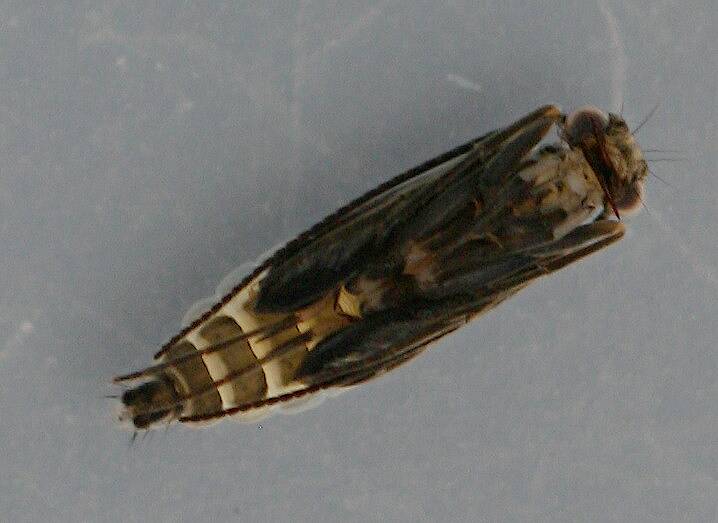
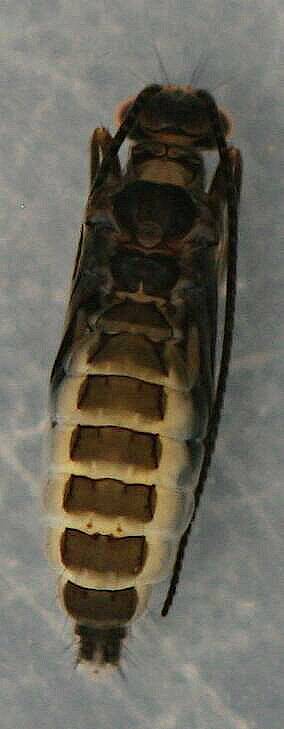
Millcreek on Aug 16, 2014August 16th, 2014, 4:20 pm EDT
There's been a fairly large emergence of Chimarra here over the last few days so I thought I'd try and document some of the larval and pupal stages. The larvae were identified to genus using Merritt. Cummins and Berg (2008). Pupae were identified to family with MCB. Association between larvae and pupae was done by identifying the prepupa as Chimarra using the extension on the forecoxa and the asymmetrical notch at the front of the head. Pupae were associated by the same features in the sclerites contained in the pupal cocoon. Don't know the species. I've collected some adults but haven't gotten around to attempting to identify them to species.
Anyway, here's way more photos than you probably want to see.
Anyway, here's way more photos than you probably want to see.
"If we knew what it was we were doing, it would not be called research, would it?"
-Albert Einstein
-Albert Einstein
Entoman on Aug 16, 2014August 16th, 2014, 7:47 pm EDT
Never too many photos, Mark! :) Your pupa photos are the best I've seen of these little guys...
Look for a projection on the clasper's dorsal margin. My suspicion is there is one, which would point to C. utahensis. I believe it's the only species I've run into on our trout waters out here. They're very common in many places but rarely (if ever) important in my experience. This time of year you can bust them out of the damp riparian bushes at the margins, but never seem to see them on the water.
Look for a projection on the clasper's dorsal margin. My suspicion is there is one, which would point to C. utahensis. I believe it's the only species I've run into on our trout waters out here. They're very common in many places but rarely (if ever) important in my experience. This time of year you can bust them out of the damp riparian bushes at the margins, but never seem to see them on the water.
"It's not that I find fishing so important, it's just that I find all other endeavors of Man equally unimportant... And not nearly as much fun!" Robert Traver, Anatomy of a Fisherman
Lastchance on Aug 17, 2014August 17th, 2014, 3:43 am EDT
I really enjoy all of the great photographs on this site. They are very helpful.
Millcreek on Aug 17, 2014August 17th, 2014, 6:16 am EDT
Kurt - I'll Keep C. utahensis in mind when I check out the adults. Don Burdick's site has some great illustrations of Trichoptera genitalia drawn by Shannon Bickford which include several species of Chimarra from California. Whichever species they are you're right about them being very common. The adults are thick on streamside bushes right now, especially in the early morning. I've netted them low on the water in the evening, mostly females so I suspect they're in the process of laying eggs. Seems like fish would take advantage of them in the larval stage if they're part of the drift and I imagine the pupae would be vulnerable when they emerge but it would probably just be luck to happen upon them then.
As to the photos, they could be better, the pupae seem to be either too light or to dark (depending on the developmental stage) to get really good detail. I'm going to have to fiddle with lighting. I usually just photograph them in natural light (something there's usually plenty of in California).
Bruce - Looks like a sulphur to me.
As to the photos, they could be better, the pupae seem to be either too light or to dark (depending on the developmental stage) to get really good detail. I'm going to have to fiddle with lighting. I usually just photograph them in natural light (something there's usually plenty of in California).
Bruce - Looks like a sulphur to me.
"If we knew what it was we were doing, it would not be called research, would it?"
-Albert Einstein
-Albert Einstein
Entoman on Aug 17, 2014August 17th, 2014, 6:33 am EDT
Low on the water or low over the water? I've observed the latter many times but don't remember the former. As for the pupae, you may be right. Small dark attractor nymphs are as effective as anything else this time of year when nothing else is going on. My suspicion is they trickle off most of the day rather than engaging in mass emergencies that would tend to get the fish honing in on them. They are usually competing with other species for Mr. Trout's attention as well which is another important factor. Out West the Spotted Sedges, late Grannoms, Saddle Case larvae and a few others usually take center stage.
"It's not that I find fishing so important, it's just that I find all other endeavors of Man equally unimportant... And not nearly as much fun!" Robert Traver, Anatomy of a Fisherman
Millcreek on Aug 17, 2014August 17th, 2014, 6:47 am EDT
Low on the water or low over the water?
Low over the water. I've never seen them on the water.
"If we knew what it was we were doing, it would not be called research, would it?"
-Albert Einstein
-Albert Einstein
Martinlf on Aug 18, 2014August 18th, 2014, 8:27 pm EDT
Gorgeous photos! Thanks.
"He spread them a yard and a half. 'And every one that got away is this big.'"
--Fred Chappell
--Fred Chappell
Feathers5
Posts: 287
Posts: 287
Feathers5 on Aug 19, 2014August 19th, 2014, 4:49 am EDT
I bet an imitation wax worm would do the trick for these guys.
Millcreek on Aug 25, 2014August 25th, 2014, 9:00 am EDT
Louis-
Glad you enjoyed them.
Feathers5-
I think it might work well providing the size and coloration were right. Actually, those might work well imitating a lot of caddisfly pupae.
Gorgeous photos! Thanks.
Glad you enjoyed them.
Feathers5-
I bet an imitation wax worm would do the trick for these guys.
I think it might work well providing the size and coloration were right. Actually, those might work well imitating a lot of caddisfly pupae.
"If we knew what it was we were doing, it would not be called research, would it?"
-Albert Einstein
-Albert Einstein
Quick Reply
Related Discussions
Topic
Replies
Last Reply
2
Apr 7, 2012
by Crepuscular
by Crepuscular
5
Mar 9, 2020
by Troutnut
by Troutnut
19
Oct 24, 2008
by Jack_k
by Jack_k




